getRealism
Want to create realism in art? You've come to the right place.
Unlock the Secrets of Painting Realism with Science-Backed Techniques
Develop Fine Motor Skills for Realistic Paintings

Oil Painting Supplies
What materials do I need to start oil painting?
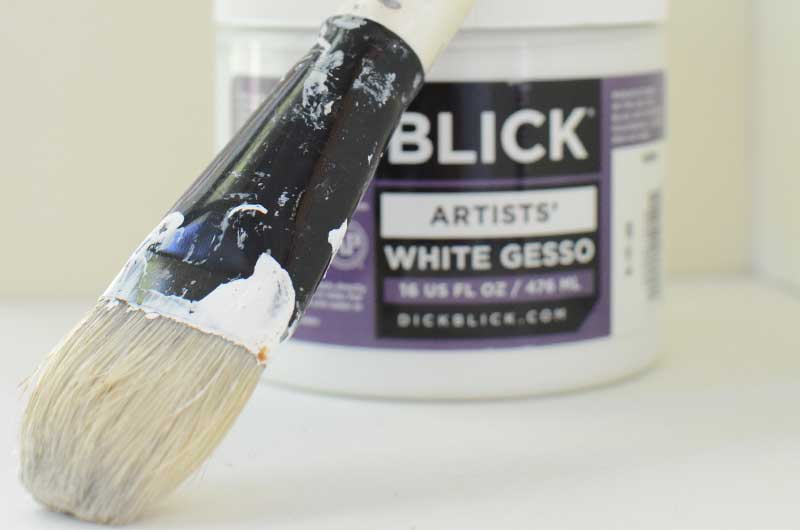
Preparing A Canvas For Oil Painting
Easily prepare your canvas for oil painting with this straightforward method.
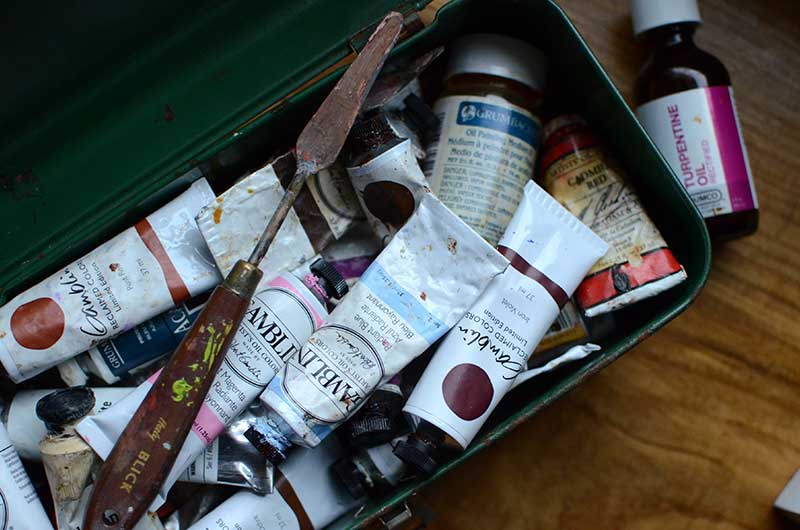
Oil Painting How To
No-nonsense guide to oil painting.
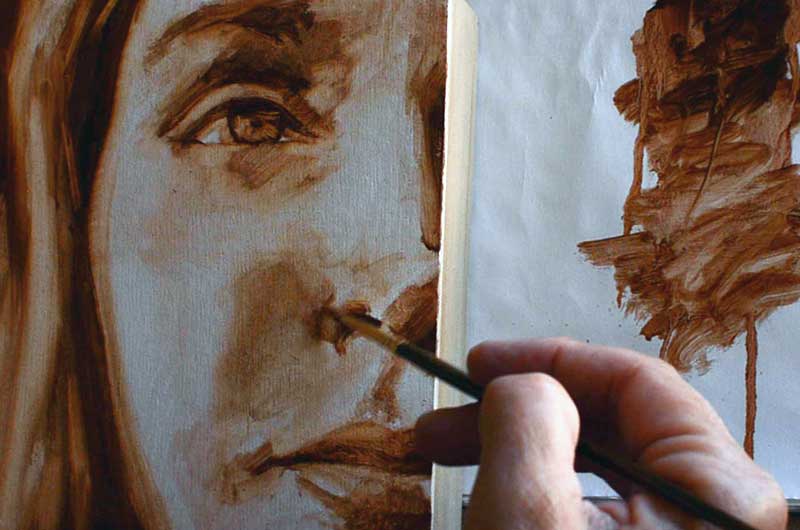
How To Begin A Portrait In Oil
Step-by-step tips on how to start your first portrait, from materials to techniques.
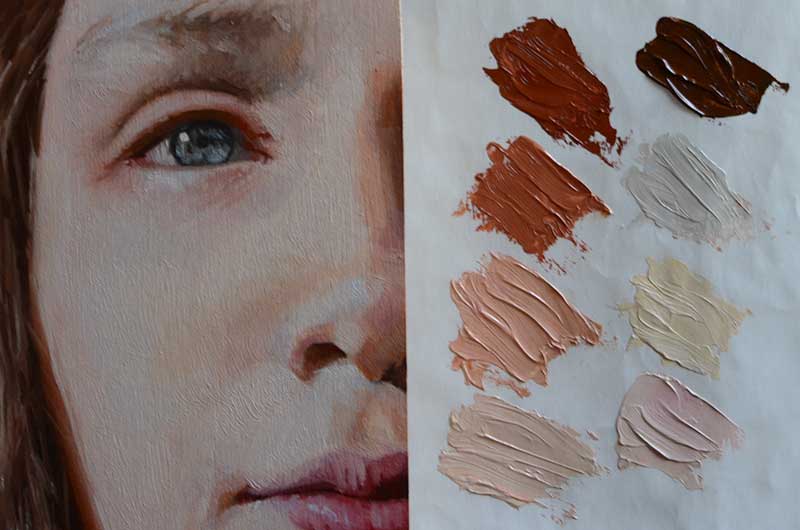
How To Make Skin Tone With Paint
Step-by-step guide to making a skin tone with paint.
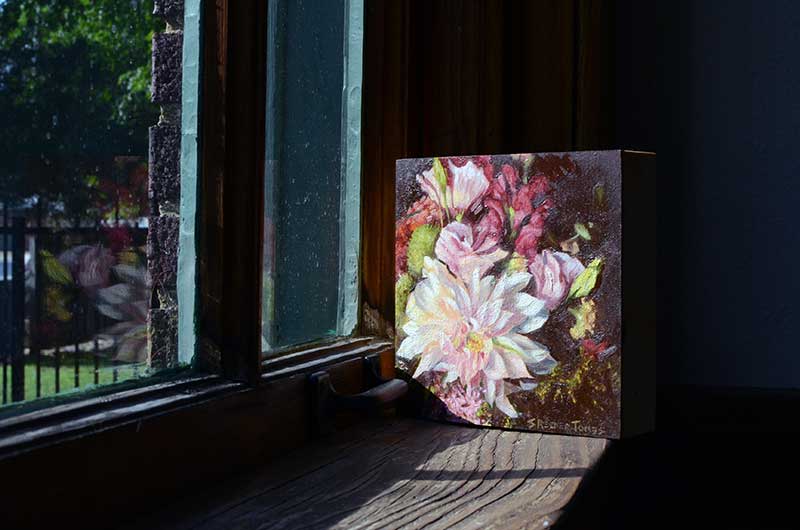
Does Oil Paint Dry Faster In The Sun?
Explore how sunlight, heat, and humidity impact oil paint drying time.
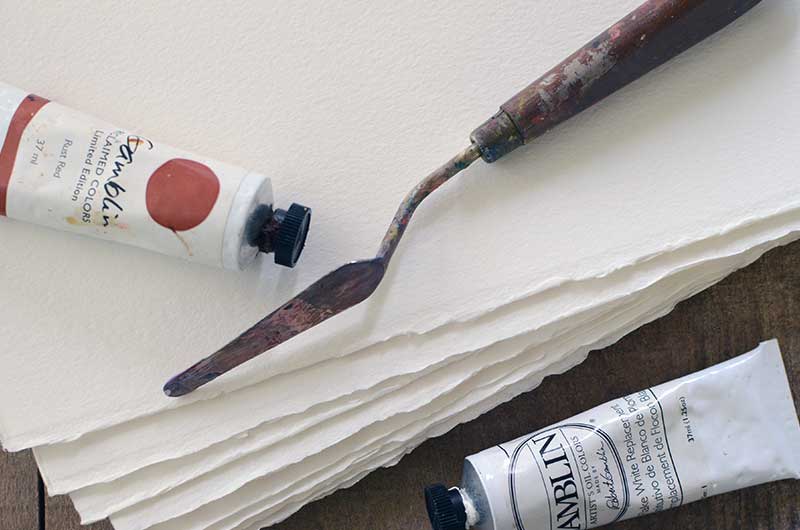
Paper For Oil Painting
Explore oil painting on paper.
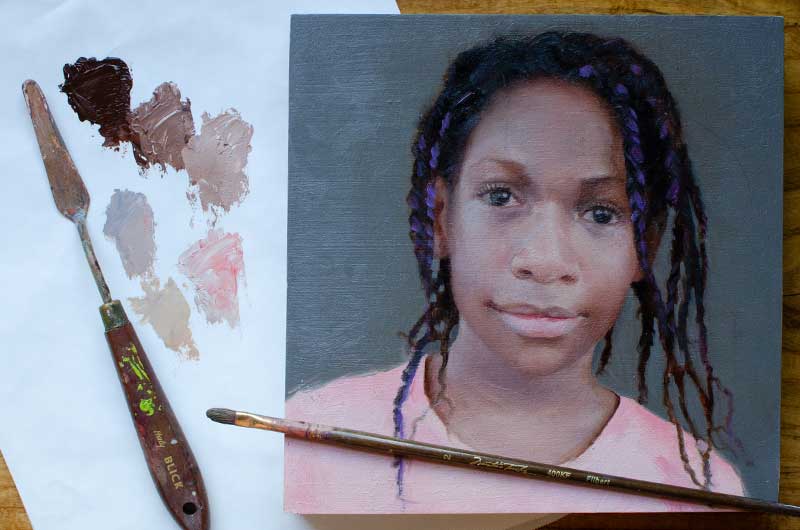
How To Paint Realistic Skin Tones In Oil
Learn to mix skin tone oil paint.
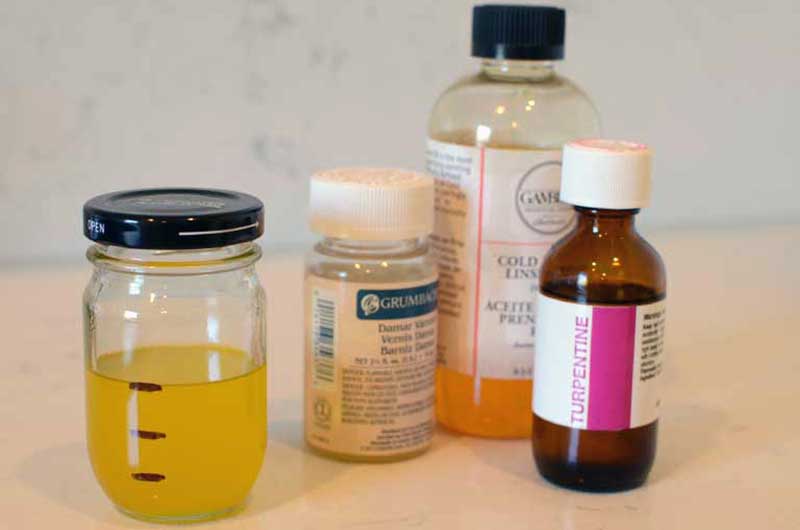
Oil Painting Mediums
Discover a secret about oil painting mediums that they don't always teach in art school.
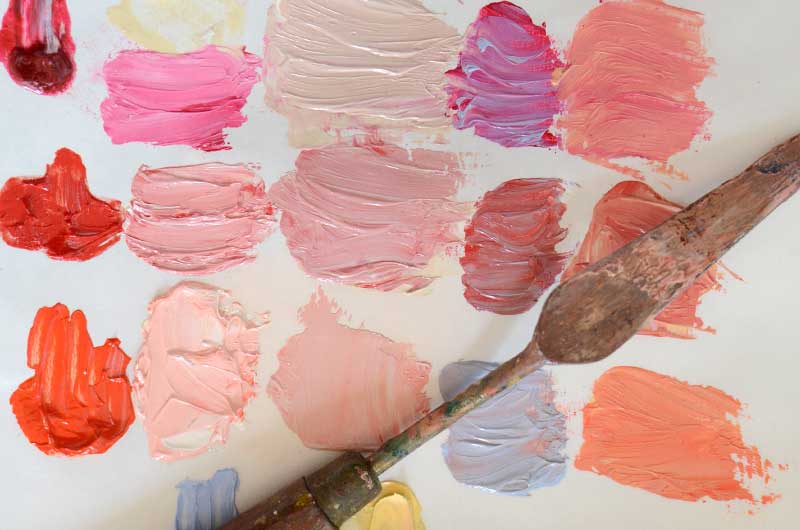
What Colors Make Pink?
Uncover the secrets of mixing stunning pinks with oil paint!
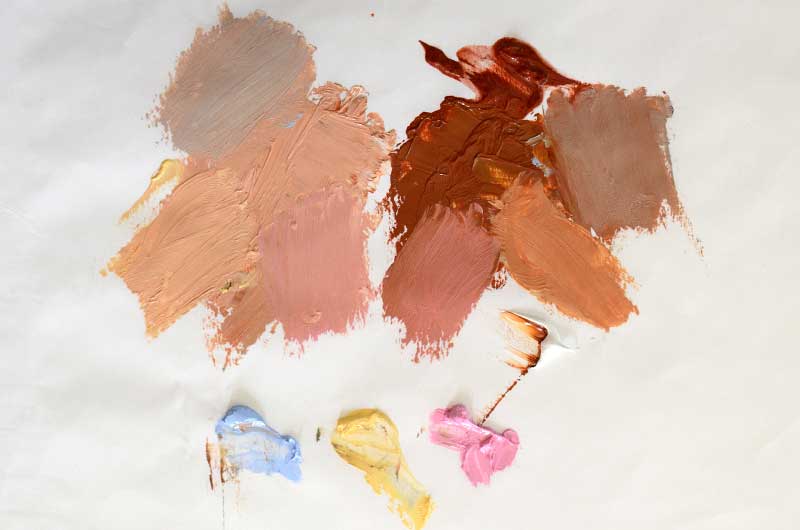
What Colors Make A Flesh Color?
Tips to help you easily achieve realistic flesh tones with oil paint.
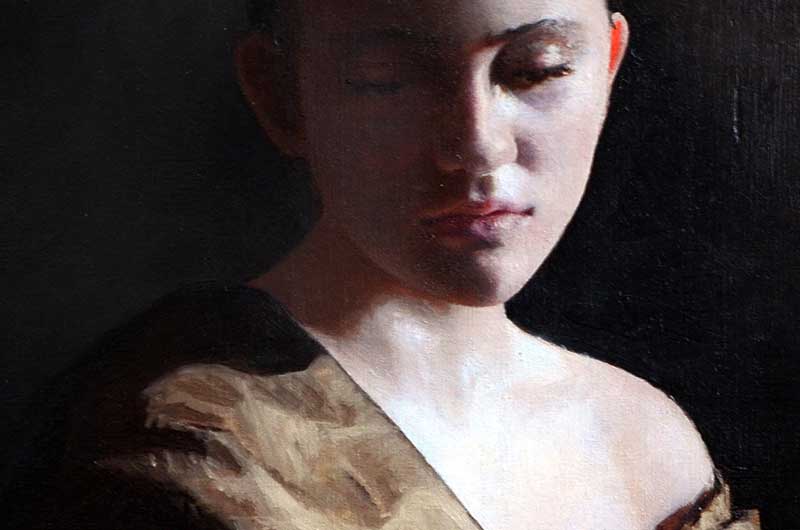
Contrast In Art Painting
Discover how to easily add contrast to your paintings!
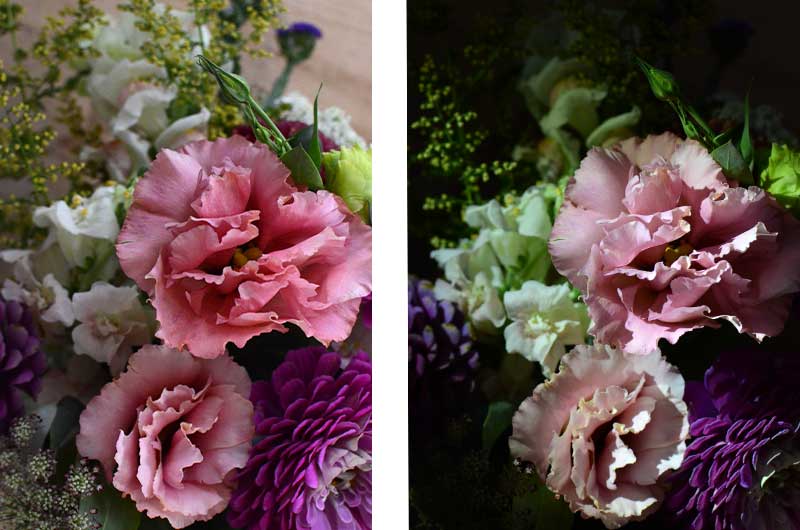
What They Don't Tell You About Chiaroscuro In Painting
Why to use chiaroscuro in your paintings and how to do it.
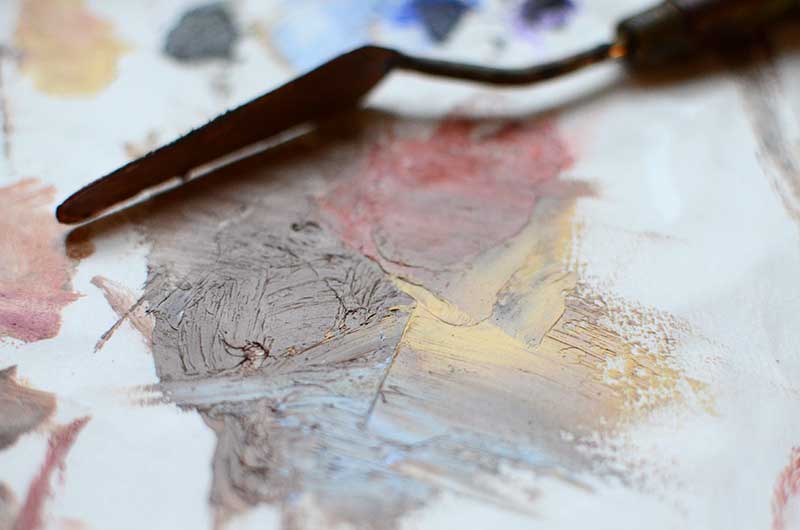
3 Ways To Make Oil Paint Dry Faster
Simple things you can do to make your oil paint dry faster.
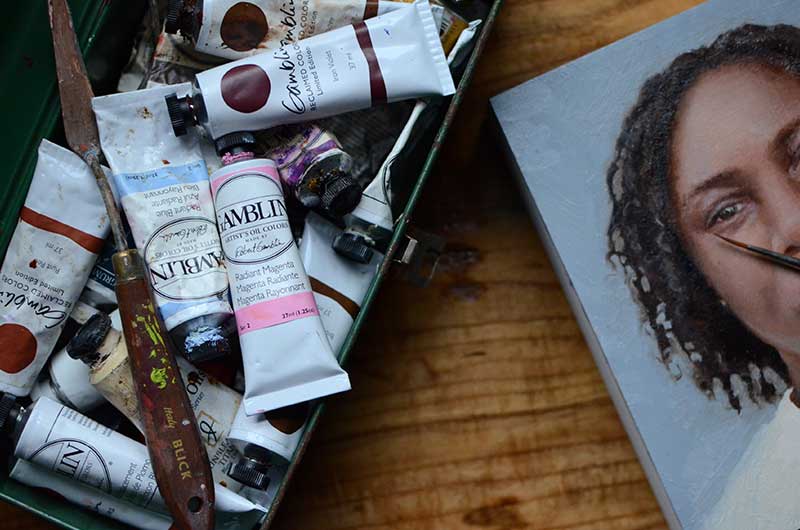
What Colours Make Skin Tones
Unlock the secrets to mixing oil paint colors for lifelike skin tones.

What Are The Essential Brushes For Oil Painting?
What brushes do I need to start oil painting?
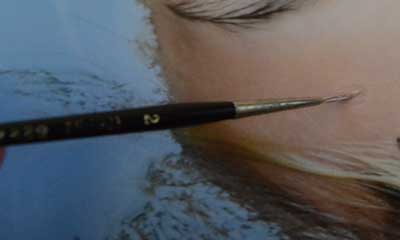
How Do You Blend Colors In An Oil Painting?
Simple methods for blending color in an oil painting.

What Are The Best Oil Paints For Beginners?
the basics needed to build your oil painting starter kit.

What Materials Do I Need To Start Oil Painting?
Oil Painting for Beginners: What You Need to Get Started
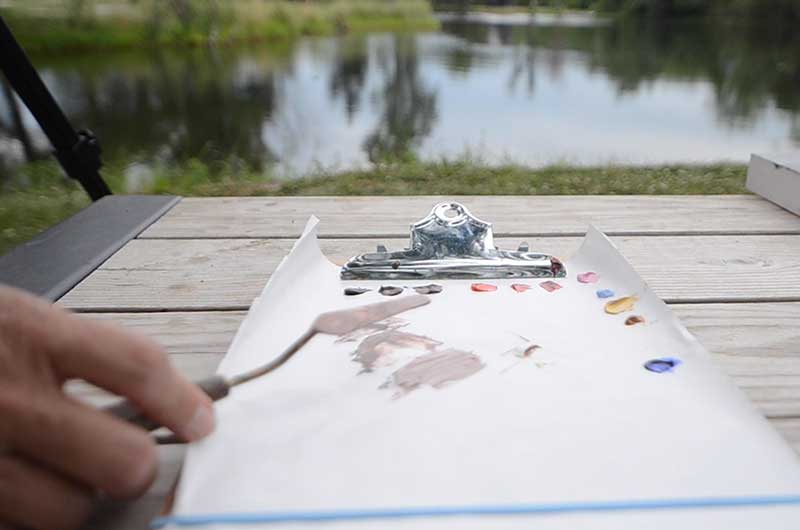
How To Make A DIY Paper Paint Palette
Here's a simple and affordable way to make a paper paint palette in a pinch.
I hope this site helps you discover tips and techniques for developing the fine motor skills essential for creating realistic paintings. These practical suggestions are designed to assist you on your journey toward mastering the art of realism. Unlock the secrets of painting realism with science-backed tips and suggestions.
Painting is a visual art form. For some people, it can be a passionate pursuit and a calling; for others, it may be a career.
Painting is an age-old tradition of creating images by applying pigment to a surface. It encompasses many different styles, including oil painting, acrylic painting, and watercolor.
Colored pigments are typically mixed with a binder to create paint. For example, gum arabic is a binder used in watercolor paints, while various oils are used in oil paints.
Paint is most commonly applied with a paintbrush, but palette knives and other tools can be used for looser work.
Paint colors can vary significantly in hue, tint, and shade.
Realist painters strive to represent the natural world by rendering and depicting what they see and observe.
Water-based paints include watercolor, gouache, and acrylic. Traditional oil paintings are usually created in layers, while alla prima paintings are completed in one sitting using a direct painting method.
There are many surfaces on which to paint; my personal favorite is wood panels. Other options include stretched canvas, canvas panels, metal, and paper. Most surfaces will accept paint if they are compatible with the painting medium and have been properly prepared and primed. The brightness and luminosity of a painting can also depend on the color of the ground used to prime or prepare the surface.
Numerous techniques, methods, and approaches exist within the domain of painting. While some rules can be taken loosely as guidelines for better composition and overall design, others are essential for preventing issues like paint cracking over time. These rules are intended to increase the longevity of the artwork.
The act of painting can resemble meditation and mindfulness. Realistic painting often requires contemplation, deliberate practice, and careful observation. While painting, thoughts may come and go like clouds, but attention must continually return to the task at hand.
Conclusion
To summarize, painting is a visual art form that encompasses various techniques and methods for each medium. Practicing is crucial for improving artistic skills, and I believe that painting has a transformative quality. I hope this site will help you discover tips and techniques for creating realistic paintings. My goal is to provide straightforward guides to painting realism, revealing secrets and suggestions that can enhance your artwork as you improve your skills.
On this site, we will explore a variety of strategies and methods to help you achieve lifelike paintings. By taking a practical approach, we will discuss ways to enhance our ability to capture realism in our art. These resources aim to unlock the mysteries of creating realistic paintings, providing valuable insights along the way.
What is Painting?
- Painting as a visual art form
- Different perspectives on painting: passion vs. career
- Major painting styles
- Oil painting
- Acrylic painting
- Watercolor painting
- Characteristics and uses of each style
- Role of colored pigments and binders
- Example of gum arabic in watercolor
- Various oils in oil paints
- Tools for applying paint
- Paintbrushes
- Palette knives and other tools
- Explanation of hue, tint, and shade
- Impact of ground color on brightness and luminosity
- Categories of water-based paints
- Watercolor
- Gouache
- Acrylic
- Traditional oil painting techniques
- Layering method
- Alla prima technique
- Preferred surfaces
- Wood panels
- Stretched canvas and canvas panels
- Metal and paper
- Importance of compatibility and preparation of the surface
- Variety of techniques within painting
- Guidelines for composition and design
- Flexible rules for creativity
- Essential rules for longevity of artwork
- Painting as a form of meditation and mindfulness
- Importance of contemplation and observation
- Managing distractions and focusing on the creative task